Gian Lorenzo Bernini is one of the most influential artists of the Italian Baroque period, with his name almost synonymous with 17th-century Roman art. Not only was Bernini an exceptional sculptor, but he also displayed extraordinary talent in architecture, painting, and poetry. His works are renowned for their intricate sculptural techniques, dramatic expressiveness, and masterful spatial arrangements, profoundly influencing the development of Baroque art.
Born in 1598, Bernini was the son of the sculptor Pietro Bernini, and he received excellent artistic training from a young age. His artistic career began with sculpture, and he initially gained recognition for his mythological group sculptures and portrait busts. Early works like "Apollo and Daphne" and "Pluto and Persephone" showcase his deep understanding of human anatomy and his exceptional ability to capture movement and emotion in marble.
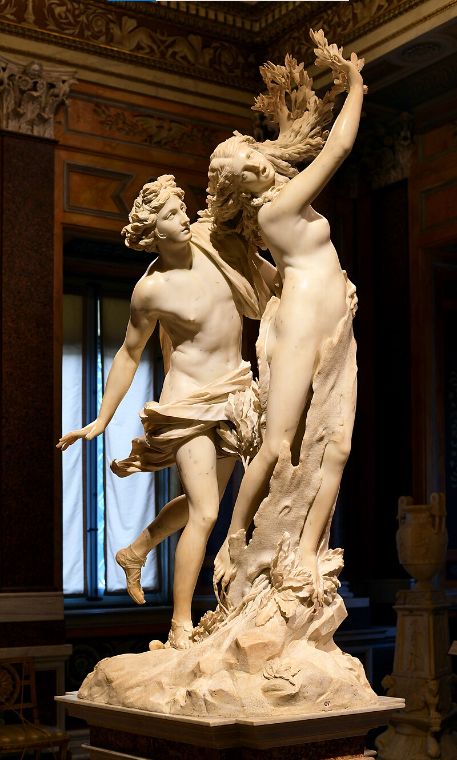
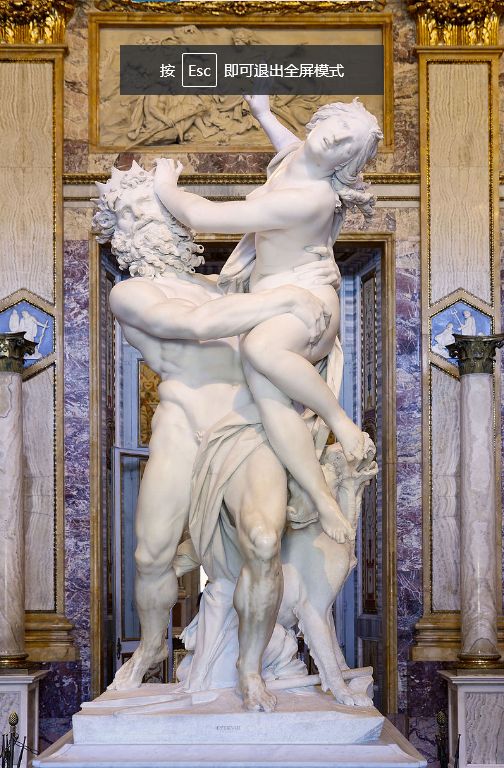
Throughout his artistic career, Bernini demonstrated remarkable speed and organizational skills, efficiently managing a large team of assistants. He dominated the artistic landscape of Rome for half a century, with few able to rival his influence. Pope Urban VIII once remarked to him, "You are born for Rome, and Rome is born for you."
Bernini's personality was outgoing, sociable, witty, and aristocratic. He was a family man who adhered to social moral values, possessed deep compassion, had little interest in philosophical contemplation, and was untroubled by doubts. Despite his exceptional talent in architecture, painting, and poetry, he always regarded himself primarily as a sculptor.
Bernini, coming from a family of sculptors, initially became famous for his mythological group sculptures and portrait busts. He had the ability to sculpt and polish white marble to lifelike perfection, capturing the textures of muscles, hair, and folds, and even suggesting colors. His portrait bust of Francesco I d'Este, Duke of Modena, is a testament to his exquisite skill, evoking the full presence of the subject with just the head and shoulders.
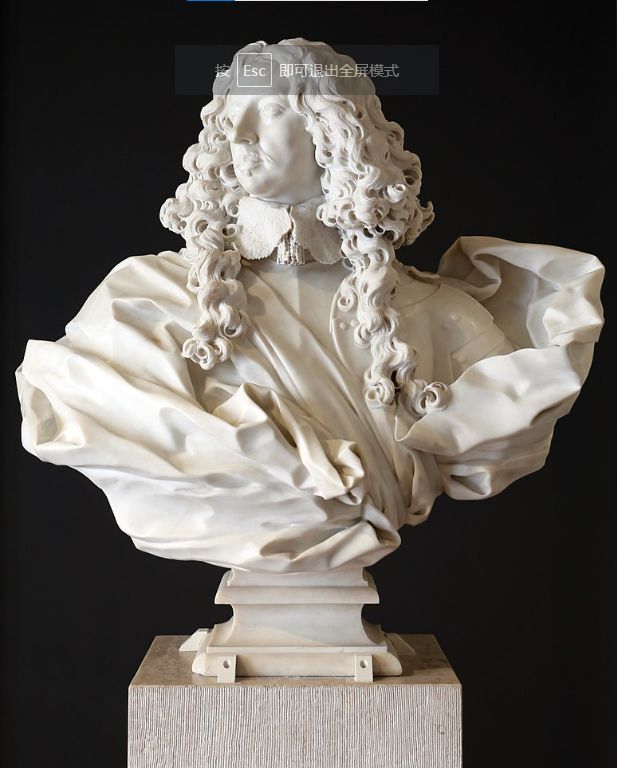
At the age of 26, Bernini received his first significant commission from the newly elected Pope Urban VIII to create the Baldachin for the main altar of St. Peter's Basilica. This towering 29-meter bronze canopy, blending traditional elements with innovative design, symbolizes the triumph of Christianity and papal authority. The twisted columns of the Baldachin, inspired by the columns of Solomon's Temple in Jerusalem, became a hallmark of Baroque art, showcasing Bernini's ability to handle complex spaces and large structures.
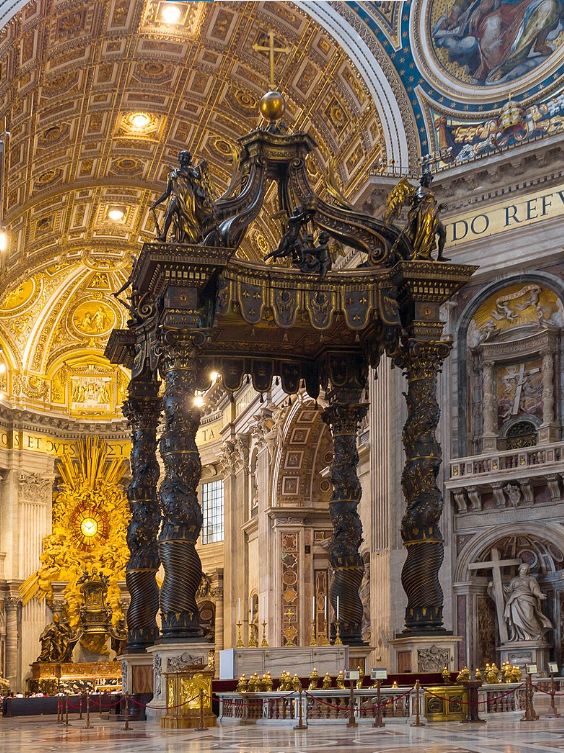
Bernini's contributions to St. Peter's Basilica were not limited to the Baldachin. He also designed the four niches at the crossing of the nave and transept, placing famous religious relics within spectacular sculptural settings. In these works, Bernini used brightly colored angel statues, intricate architectural elements, and clever lighting effects to seamlessly blend architecture, sculpture, and painting, creating a dramatic religious atmosphere.
Bernini's innovative ideas for the crossing of the nave and transept in St. Peter's Basilica extended beyond the Baldachin. Michelangelo's grand pilasters were transformed into four niches housing famous relics. In the upper niches, Bernini placed twisted columns taken from the basilica of Constantinople beside the relics, set against a golden sky with purple clouds, foregrounded by white marble angels—a novel use of color. In the lower niches, massive statues of men and women associated with the relics expressed different spiritual passions: the men gazed ecstatically towards heaven, while the women looked towards the altar. This cross-shaped composition centered around the Baldachin became a cohesive work of art, intertwining conceptual and visual elements perfectly, representing the grand idea of celebrating the church's survival and the triumph of the Counter-Reformation.
In designing St. Peter's Basilica, Bernini aimed to utilize all possible artistic methods to combine architecture, sculpture, and painting into what was called "un bel composto" (a beautiful whole), to celebrate the unity of the Catholic Church. In the chapel commissioned by Cardinal Federico Cornaro, also his intended tomb and family chapel, Bernini achieved a similar unification on a smaller scale. The chapel, dedicated to St. Teresa of Avila, was lavishly adorned from the inlaid floor to the frescoed ceiling, with complex architectural elements constructed of various colored marbles (mainly yellow and green) and gilded bronze accents, cleverly illuminated in places, often compared to a theater.
The centerpiece is the white marble group sculpture depicting the ecstatic moment of St. Teresa, illuminated by hidden windows above, showcasing Bernini's masterful illusionism. The busts of the Cornaro family are positioned on the side walls, behind marble-covered prayer tables. This realism is particularly fitting for Teresa's vision of the angel:
"I saw in his hand a long spear of gold, and at the iron tip, I seemed to see a point of fire. With this, he seemed to pierce my heart several times, so that it penetrated to my entrails. When he drew it out, I thought my entrails were being drawn out with it, and left me utterly consumed by the great love of God. The pain was so severe that it made me moan; and yet so surpassing was the sweetness of this excessive pain, that I could not wish to be rid of it. The soul is satisfied now with nothing less than God." (St. Teresa, Vida, translated by E.A. Peers)
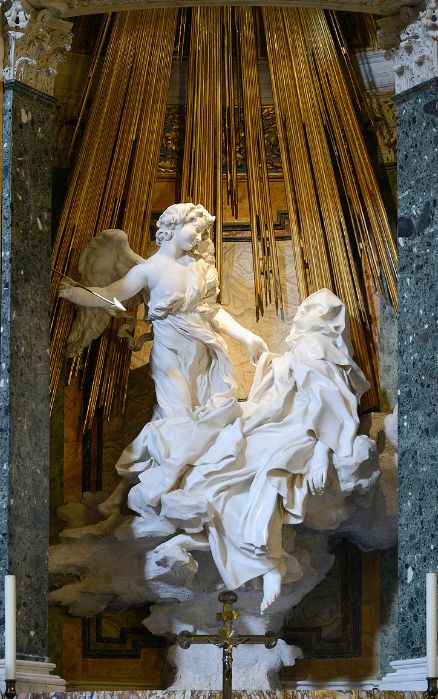
A devout Bernini, who prayed daily at the olive grove, loved "The Imitation of Christ" and instinctively transformed Teresa's mystical words into sensory imagination, without diminishing the physical involvement in the spiritual experience. His angel recalls Correggio's angels, while Teresa, with her head thrown back, mouth open, eyes closed, and body relaxed, clearly suggesting a sexual undertone, sparked contemporary controversy. However, Bernini did not just recreate Teresa's experience—modern psychologists could diagnose her convulsions—implying her floating after receiving Communion and miraculously transforming into a young girl at the moment of death. This group sculpture suggests a midpoint where heaven and earth meet, as the spiritual and the physical converge.
While working on the chapel, Bernini also accepted another commission: the Fountain of the Four Rivers in Piazza Navona. The fountain's design, centered around an ancient obelisk symbolizing divine light and eternity, topped with a dove representing the Holy Spirit and the personal symbol of Pope Innocent X, features four colossal statues representing personified rivers of the four continents, each with a distinctive animal, like an armadillo for the American river. These rivers also relate to the four rivers flowing from Paradise; the central rock represents Calvary. Thus, the concept of salvation merges with the triumph of Catholicism across the four continents, an elaborate and contrived form (concetto) favored by the 17th-century intelligentsia.
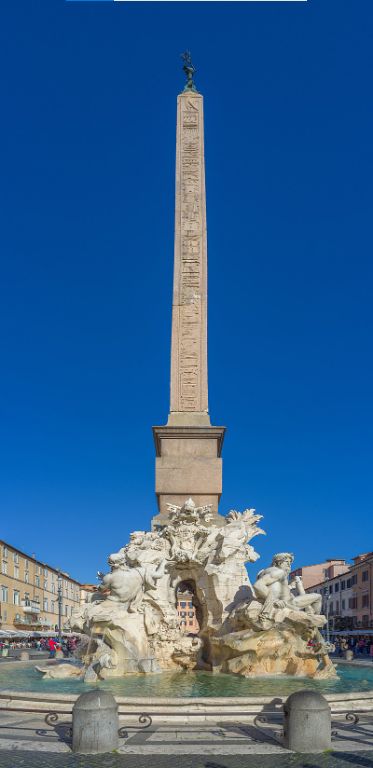
Bernini's life was filled with glorious artistic achievements. Through his works in sculpture, architecture, and urban design, he profoundly influenced the development of Baroque art. His works are known for their meticulous sculptural techniques, dramatic expressiveness, and masterful spatial arrangements, setting a high standard for future artists. Whether in religious settings or urban landscapes, Bernini's art, with its unique style and lasting impact, remains an eternal symbol of Baroque artistry.